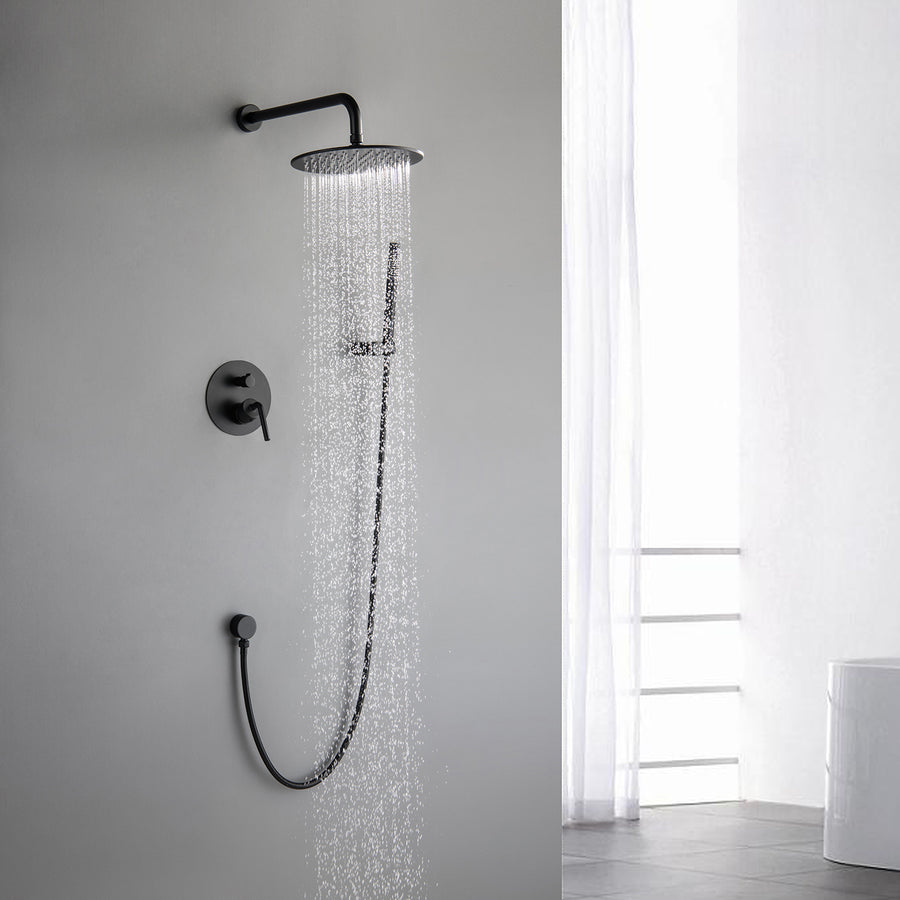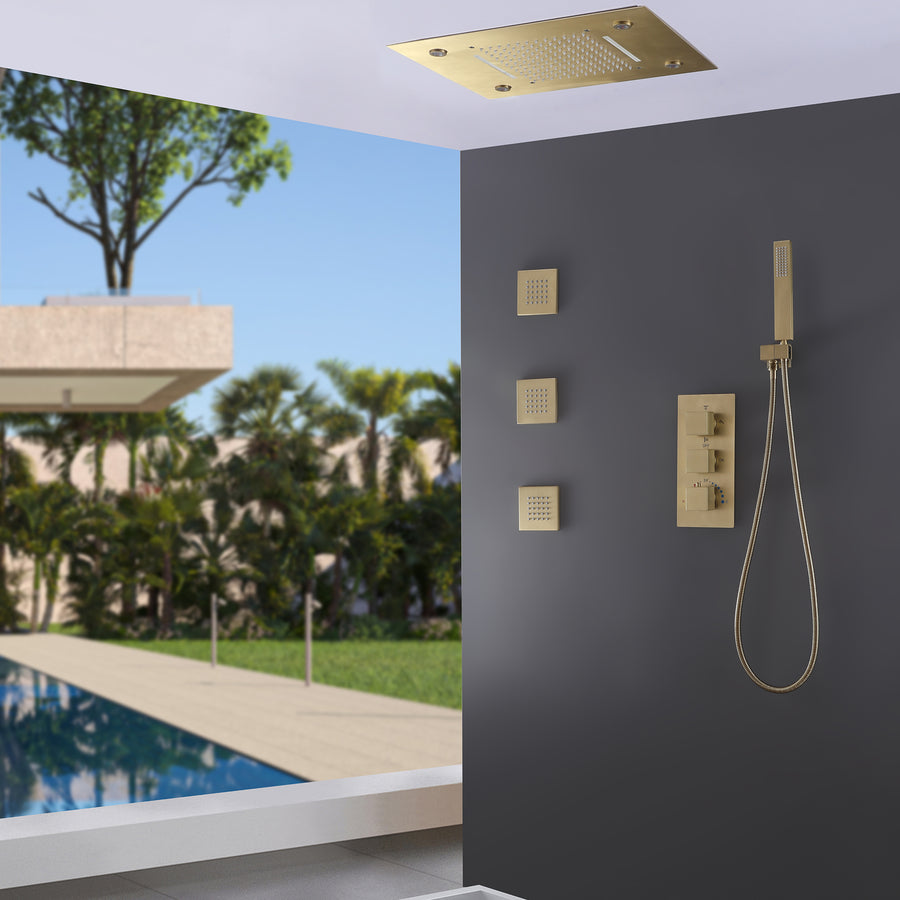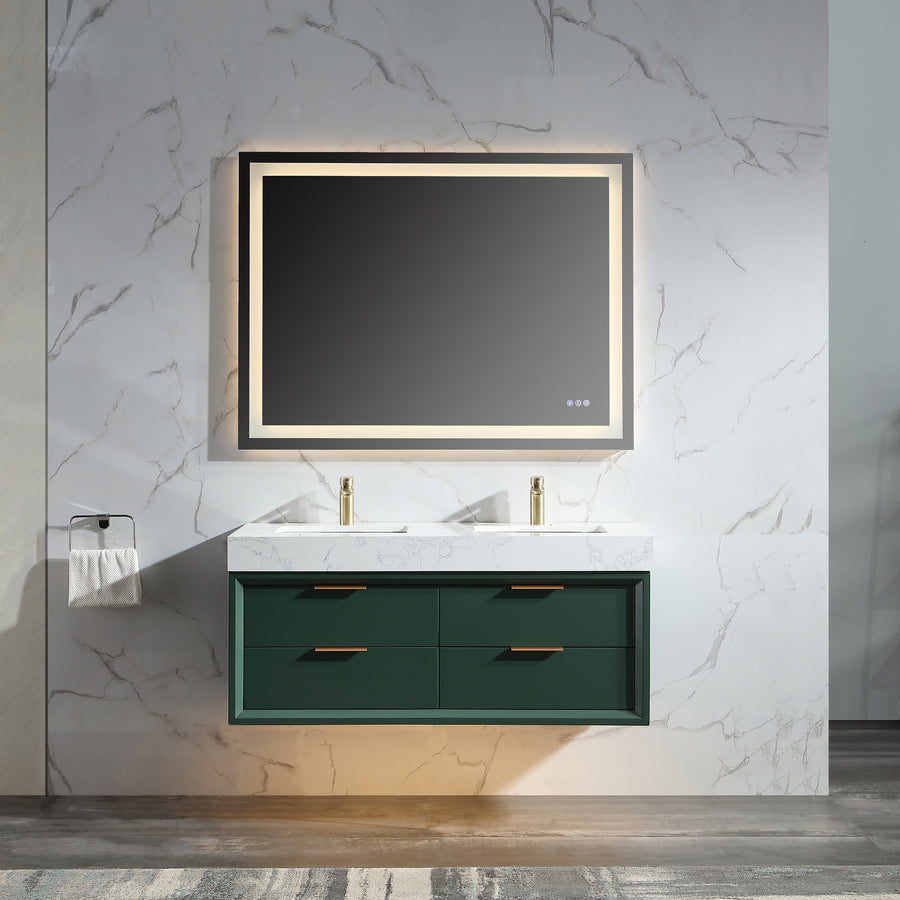Introduction In a world increasingly conscious of environmental impacts, sustainable home design, particularly in bathroom remodeling, has become paramount. This shift towards eco-friendliness in bathroom design reflects a broader commitment to preserving our planet. The evolution of bathroom designs from purely functional spaces to eco-conscious havens shows the growing urgency to adopt sustainable practices in our daily living spaces.

The Importance of Water Conservation Water scarcity and environmental degradation have underscored the critical need for water conservation. Bathrooms, traditionally high water usage areas, play a vital role in these efforts. By understanding the environmental impacts of water wastage, we can appreciate the significance of adopting water-conserving bathroom appliances and technologies.

High-Efficiency Toilets and Showerheads Innovations in bathroom appliances have led to the development of high-efficiency toilets that drastically reduce water usage per flush. Brands like TOTO and Kohler are pioneering in this field, offering advanced models that combine efficiency with aesthetic appeal. Similarly, showerheads from companies like Nebia and High Sierra use innovative technologies to cut down water usage by atomizing water, providing a luxurious yet sustainable shower experience.

Advanced Faucet Technologies and Smart Monitors Faucet technology has seen significant advancements with the introduction of sensor-based and aerated models, which efficiently mix air with water to reduce usage without compromising on pressure. Smart water monitors like Phyn Plus have revolutionized water management in homes by offering real-time tracking and leak detection, leading to more efficient water use and reduced wastage.

Greywater Systems and Their Implementation Greywater systems, which repurpose water from showers and sinks, have become increasingly popular in eco-friendly bathroom designs. These systems not only conserve water by reusing it for non-potable purposes but also reduce the overall household water footprint. Implementation of these systems, though complex, offers long-term benefits and sustainability.

Sustainable Materials and Low-Flow Solutions Sustainable materials are revolutionizing bathroom aesthetics and functionality. Bamboo, for its rapid regrowth, is a popular choice for flooring and cabinetry, while organic cotton towels offer eco-friendly luxury. Low-flow bathtubs, designed to require less water for a full bath, are increasingly popular, some even featuring built-in heaters to maintain water temperature and enable longer, more relaxing baths with less environmental impact.

Real-Life Applications and Case Studies Real-world applications of these eco-friendly technologies highlight their effectiveness. For example, a family in Seattle adopted greywater systems and low-flow fixtures, resulting in a 30% reduction in their water bill. Another case study from a California home shows how sustainable materials not only enhanced the bathroom’s aesthetic but also improved its overall energy efficiency.

Conclusion and Call to Action The trend towards eco-friendly bathroom designs is not just a fad but a necessary evolution towards sustainable living. These technologies and materials offer a pathway to not only reduce our ecological footprint but also enhance the functionality and beauty of our bathrooms. Readers are encouraged to consider these sustainable options in their next remodel to contribute positively to the environment.









